
Hi Archinect,
I'm back at San Francisco's Neighborhood Emergency Response Team Training, for our second class. Same disclaimer as last time: this isn't really about architecture, but I AM focusing on aspects that relate to the built environment.
6:40 pm: The dust in the air after 9-11 spread over a mile and was made of pulverized glass. Sounds nasty, and apparently quite dangerous if you rub it in your eye in response to irritation.
6:55 pm: We are learning how to shut off the gas supply of a building. A gas wrench helps, but an ordinary wrench will do. Extremely simple in principle, but lots of variations are possible and I hope I never have to do this in an emergency. The valves might be full of garbage or hard to turn if they haven't been checked regularly, for example.
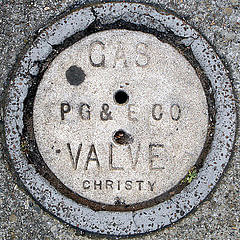
The bottom dial will be spinning if you have a leak. That's when you need to shut off the gas--or if you smell the gas, or if the building is heavily damaged. But only if you can reach the gas meter safely. Then call 9-1-1, but not from inside the house, because your phone is an electrical device and any electrical device can cause ignition.
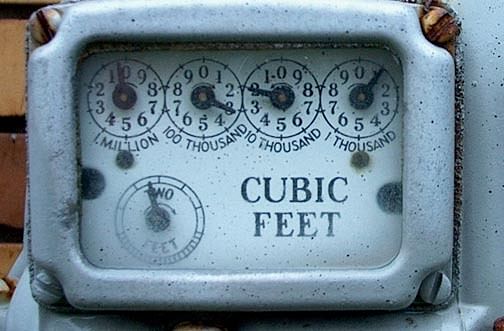
Natural gas is lighter than air, but the fumes from propane and gasoline are heavier than air.

Fuse boxes and circuit breakers--there's a red lever on the side of the fuse box, to turn everything off. Circuit boxes can also be turned off all at once. BUT you don't want to use that if you can help it, because turning everything off or on at once can heat the wires and start a fire, for example by igniting sawdust in the walls. So try to turn off the small switches or fuses one at a time. Are we paranoid yet?
7:14 pm: Downed power line. Don't go near them. Check.
7:15 pm: But (devious twist in plot) if you're in your car and a power line falls on the vehicle, stay inside and call 9-1-1, because your tires provide insulation.
7:19 pm: Water shut off. Yuck, dirty in there. As always, when the valve is in line with the pipe, it's ON, and when it's perpendicular, it's OFF.

7:21 pm: A reminder that San Francisco only has 303 firefighters, 43 fire engines, and 19 trucks, so it won't be nearly enough when the big one hits.
7:29 pm: The FIRE TRIANGLE: Fires are prevented by eliminating oxygen, heat, or fuel.
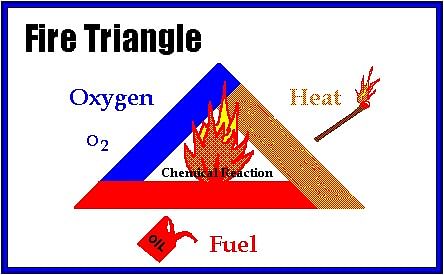
The different classes of fire. If you have a class C (electrical) fire and cut the electricity, it becomes a class A fire.
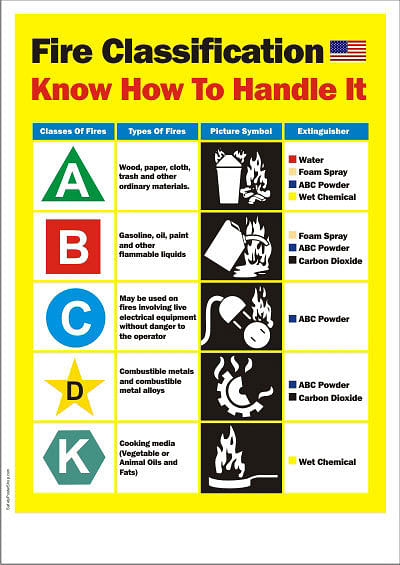
You can't pour water on a class D (metal) fire, because the water creates highly flammable hydrogen gas. Metal shops, for example, have heavy yellow extinguishers on a dolly, filled with sand.
7:35 pm: Evacuating in case of fire. Notify fire department, get everyone out, close (but do not lock) the door. Crawl or otherwise stay low to avoid smoke and toxic gases. San Francisco firefighters died in a large fire once in part because the doors were locked and had to be broken open instead of opened slowly in a more controlled way.
7:39 pm: A typical fire doubles in size every 18 seconds. Fighting a fire:
7:45 pm: EGRESS. Don't use elevators during a fire or earthquake emergency, though many elevators have a fire service mode.
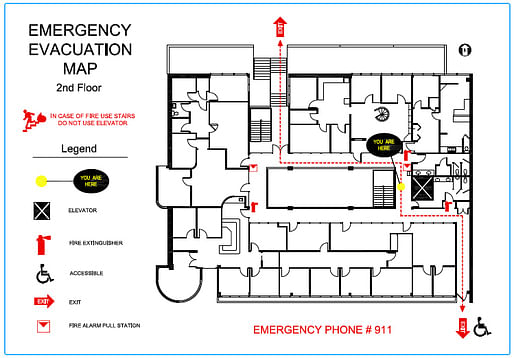
7:49pm: Residential sprinklers typically don't put out fires, but just prevent them from spreading.
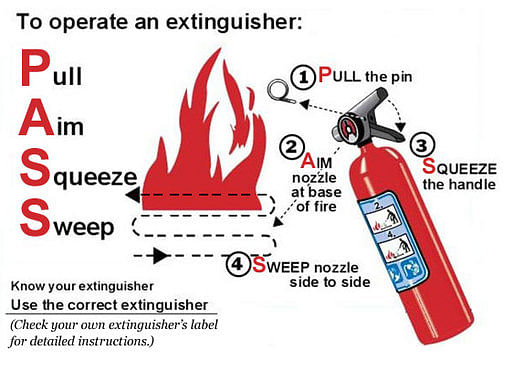
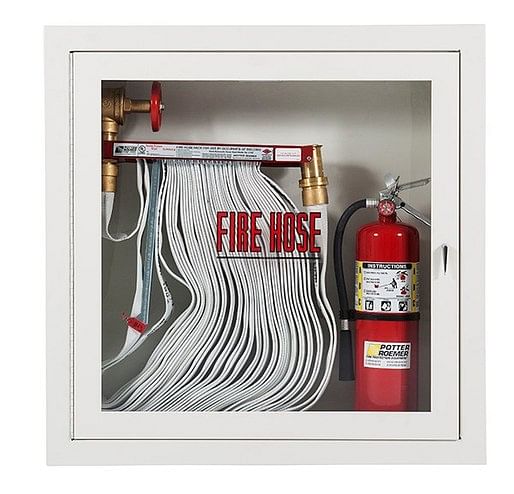
8:23 pm: Yay, fire demonstrations. Our instructor is creating small fires and putting them out to show the methods.
8:24 pm: NERT is now offered in Cantonese and Spanish once a year each.
8:25 pm: Hazardous materials. In an earthquake, containers break and chemicals escape and mix, causing toxic fumes. In a store, the bleach and ammonia (e.g. windex) shouldn't be stored next to each other, because it will be deadly after an earthquake.
If you see a truck in an accident, and it has hazardous signs on it, make note of which signs they are and tell the 9-1-1 operator when you call.

On the National Fire Protection Association placard, the higher the number, the more dangerous it is.
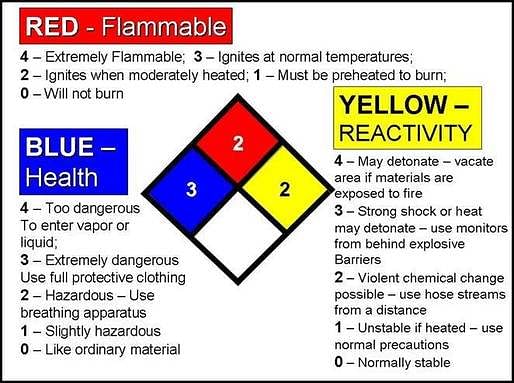

8:38 pm: Garages where there are water heaters have vents near the ground for the toxic gasses to escape. People often cover the holes if they're living in the room and it gets cold, which is dangerous.
8:44 pm: A near-empty container of gasoline is very dangerous. The container should be full, or filled with sand, because it's the vapors that are flammable.
When you evacuate an area due to hazardous materials, you want to go uphill and/or upwind.
Rule of thumb: with your arm outstretched, if your thumb covers the entire hazardous area, you're far enough.
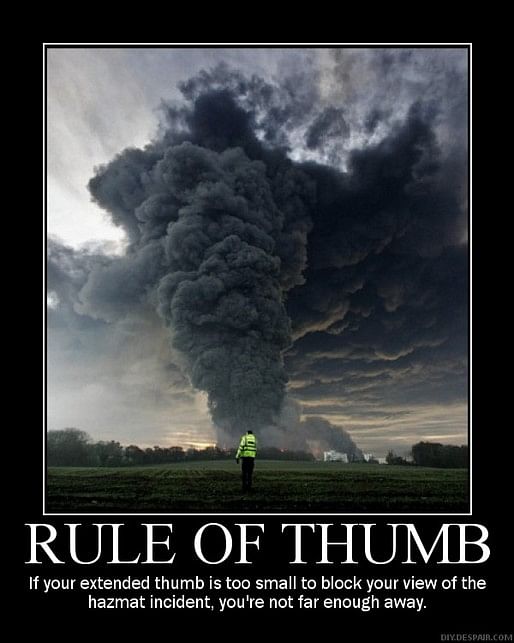

8:52 pm: Firefighters take more risks to fight a fire in the city, because it's denser and the damage is much greater. In the suburbs, if a single house is on fire, surrounded by land, firefighters will contain the fire to prevent it from spreading, but won't take as many risks to enter the burning building. In the city, they don't have that luxury and will generally go in.
8:57 pm: Most terrorism--95%--is domestic. The most likely targets are symbolic and historic sites, as well as public buildings, large infrastructure, higher education institutions, hospitals, and businesses such as Planned Parenthood or fur stores. In the eyes of the military and emergency responders, potential targets are classified as defended "hard targets" versus undefended, civilian "soft targets."
9:03 pm: Categories of terrorist weapons:
Nuclear weapons are the most dangerous, but least likely. No nuclear weapons are unaccounted for in the world, apparently. Improvised nuclear devices Explosives and biological weapons are more likely, but the potential impact is less.
9:13 pm: Signs of terrorism: unattended packages in high-risk areas; victims salivating, tearing, trouble breathing, or having red skin; large numbers of people seeking medical attention with uncharacteristic symptoms. "How often have you seen two people have a seizure at once?"
9:17 pm: In any terrorist or WMD case, NERT and other civilians shouldn't do anything except observe and report the information. Decontaminate if necessary and shelter in place or evacuate. Warn others as you evacuate. For example, an unattended cellphone can detonate an explosive device, so if it looks suspicious, it's not good to turn the phone on.
9:22 pm: If there is a chemical or other incident, responders set up two tents, one for men and one for women. You get hosed down, and take off your clothes and it gets put it in a bag with your information. If it ends up there's no contaminate, you get your clothes back after. I assume they give you something else to wear?!
To decontaminate at home, take off your shoes before entering, then go straight to the shower and wash your hands first, then peel your clothes away from yourself, cutting them if necessary to avoid taking clothes over your face, while taking a cold shower.
9:28 pm: Okay now it's getting crazy. 
But what about the zombie apocalypse?
All right, done for the night. Thanks for reading!
Lian
This blog was most active from 2009-2013. Writing about my experiences and life at Harvard GSD started out as a way for me to process my experiences as an M.Arch.I student, and evolved into a record of the intellectual and cultural life of the Cambridge architecture (and to a lesser extent, design/technology) community, through live-blogs. These days, I work as a data storyteller (and blogger at Littldata.com) in San Francisco, and still post here once in a while.



4 Comments
We had a power outage at the museum (IMA) this afternoon caused by a car on the nearby road hitting a transformer pole. Even in that situation it was amazing to see how seriously all the employees took their tasks of checking each gallery, the elevators, the A/C controls (most important in a museum) and looking out for patron safety. I was very proud of my team!
Good to hear, Donna! I can see this being especially important in a museum context.
now i really want to take the CERT class now in my area
Nam, you should! I'm enjoying it--it's fun, not hard, and lots of useful things are taught.
Block this user
Are you sure you want to block this user and hide all related comments throughout the site?
Archinect
This is your first comment on Archinect. Your comment will be visible once approved.